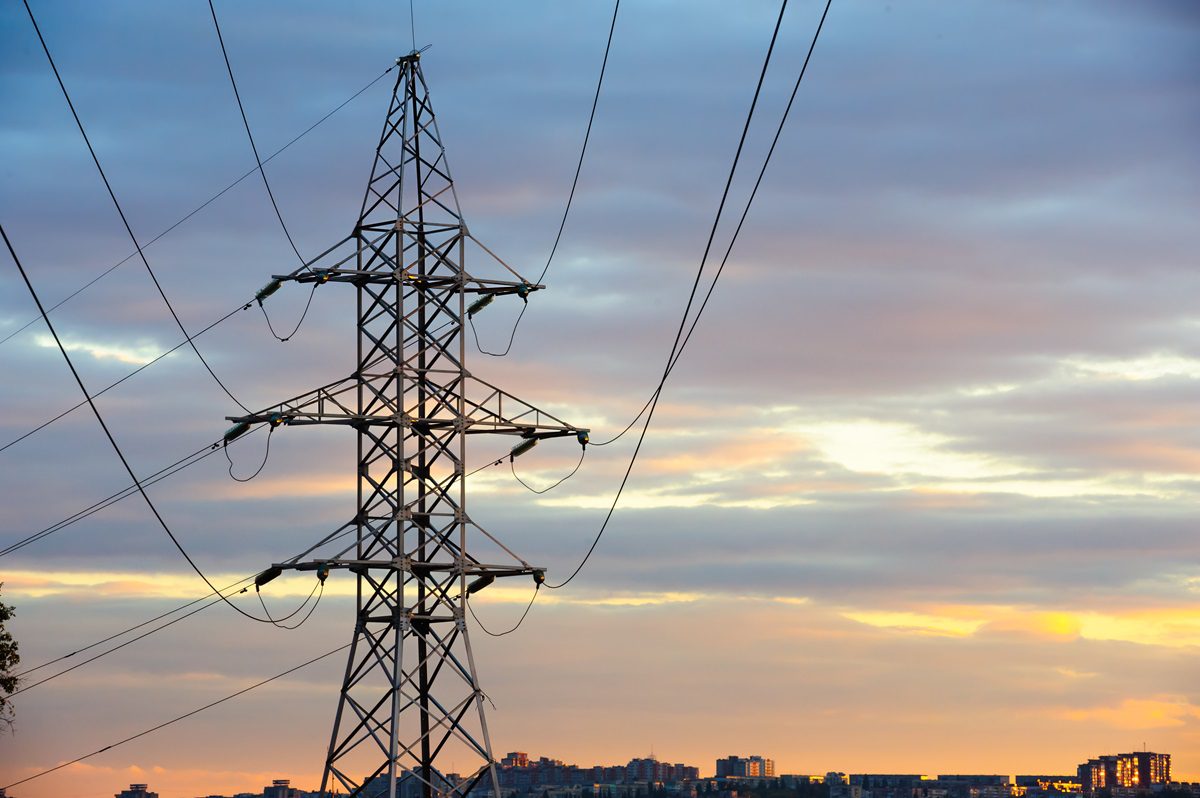You finally own a vacant lot, and it’s time to build your dream home or business. Before you start, you should consider all the basics you’ll need to handle like accessing utilities, including power. Two key questions you’ll need to ask is how much does it cost to connect electricity to a rural property, and how can you reduce that cost?
Keep reading to learn everything you need to know about connecting electricity to your vacant land.
How to Check for Electricity on a Property
Finding out if a property has electricity is a relatively simple task. The easiest way you can check is by looking for power lines. If you can’t find one, you’d have to find out who supplies electricity to that area. To do so, you can call the county’s Planning and Zoning Board.
After finding out about the power company, contact them to ask about electricity for your property (make sure you have the parcel number of the land handy). You can also research the property by using old building permits. These permits will help you determine if there were utilities on the property in the past.
Generator vs. Utility
When connecting electricity to your plot, you can either install a generator or connect to a utility provider. Ultimately, the choice depends on your power needs, the budget scope, and maintenance requirements.
Generator
A generator is a self-contained power source that generates electricity on demand. It is more cost-effective for small or temporary power needs. A generator comes in handy because it serves as a great power alternative in times of extreme weather or poor utility services.
However, a generator may be expensive to purchase and maintain over the years. You also have to create an additional budget for gas, repairs, transportation, and unforeseen circumstances.
Utility
Connecting your property to a utility company provides direct access to the electricity grid. This connection is often cheaper if your lot is near an existing power line. If there are no power lines near your plot, you may be financially responsible for running new power lines from the nearest source to your lot. To avoid unnecessary expenses, confirm with your provider to calculate the distance from the nearest power line to your land.
Tips for Getting Electricity to Vacant Land
Getting electricity to your property might not be easy, but you can follow the tips below to make it simpler:
- Understand Your Needs: You have to decide on what your power needs are. This calculation will show you how much power you require and what source to settle for. A land developer can help you determine how much electricity you’ll need.
- Check for Existing Utilities: Contact local electricity providers in your area to find out about existing power lines near your property. You can also look for overhead power lines or utility easements on your property.
- Plan for Connection: Consider alternative sources like solar panels and generators if you need power immediately. For a permanent solution, you’d need to contact a licensed electrician and obtain permits from local authorities before any electrical work can be done on your property.
The Cost of Connecting Electricity to Vacant Land
The average cost of connecting electricity to vacant land without a pre-existing connection is between $10,000 and $30,000, with some installations costing as little as $2,500. However, the total cost depends on:
- The distance from the nearest power line
- Voltage and power requirements
- Permits and regulatory requirements
- Land size and layout
So, how much does it cost to connect electricity to a rural property? You’ll need to consult your local utility provider for an accurate estimate.
Get Utilities on Your Land with Help from SRC Land
Setting up your new home doesn’t have to be difficult. At SRC Land, we support you with the knowledge and resources you need to improve your land.
Whether you’re a first-time homeowner or a seasoned investor, our dedicated team is always available to sort out your land needs. Let us help you find the perfect property for your home or business.




